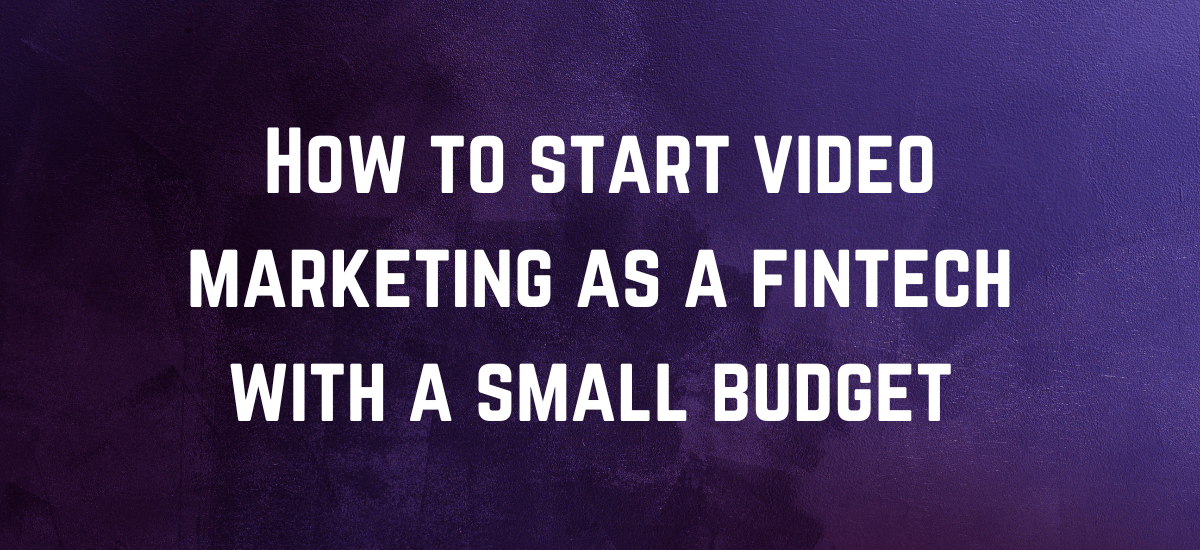by deborah
Share
by deborah
Share

Effective content marketing can generate over three times as many leads as outbound marketing. It also costs 62 per cent less!
Content marketing is critical for all businesses, especially financial services businesses that need help standing out from their competitors.
Are you ready to level up your financial services content marketing strategy? If so, this blog is for you.
Discover three essential types of content that will help you connect with more financial services prospects.
1. Educational Blog Posts
Educational blog posts help you connect with prospective clients during the awareness stage.
When people are in this stage, they’re looking for a solution to a specific problem. Perhaps they’re looking for help with their taxes or information on using an online bank instead of a traditional lender.
Ideally, if someone is looking for help and comes across one of your educational blog posts, they’ll get some kind of value from it. They’ll finish the post and come away with some insight they didn’t have before.
The goal of these blogs is not to sell your services — at least not directly. It’s more about building brand awareness and helping people see your business as a reputable source.
If someone has a positive view of your financial services business, they’ll be more likely to consider you to help them solve their problem.
Blog-Writing Tips
When writing educational blog posts, keep these tips in mind:
- Stick to short paragraphs
- Vary sentence lengths
- Use clear headings to separate key ideas
- Use bullet lists for easy scanning
- Include target keywords naturally throughout the post (but don’t overdo it)
Generally, longer blog posts get more attention than short ones. Try to go in-depth about one topic rather than broadly covering several.
2. Comparison Guides
After the awareness stage, prospective clients move into the consideration stage. At this point, they’re aware of a couple of different options that could potentially solve their problem, but they’re not sure which to choose.
Comparison guides are excellent content options to steer people toward your financial services business and away from your competitors.
For example, say you run an online bank. You might write a comparison guide that outlines the pros and cons of working with an online lender instead of a traditional bank or credit union.
The goal, of course, will be to persuade the reader to choose an online lender — like you. However, the piece should still offer an honest breakdown of each option’s pros and cons.
If you list only the benefits of online lenders and no benefits of traditional banks, you’ll show your bias and damage your credibility.
Comparison Guide-Writing Tips
Along with being honest, these tips will help you write a quality comparison guide that genuinely benefits your prospective clients:
- Be specific
- Explain the reasoning behind each pro and con
- Use bullet points for easy reading
You might also consider getting quotes from other authorities in your industry to back up your main points. Quoting relevant professionals adds credibility to your guide and shows that you’ve done your homework.
3. Case Studies
Case studies are another type of content that can help you move prospects from the consideration stage to the decision stage (where they hopefully decide to invest in your services).
A case study is an in-depth description of a specific person, group, or event. They often explore a particular problem, explain the method for solving that problem, and discuss the results.
Perhaps you could write a case study explaining how you helped a business save a significant amount of money with your financial management software. You could also share a case study describing how your investment app helped users reach their financial goals faster than a competitor’s app or another investment method.
Case studies help you explain your financial services in detail and highlight the specific benefits they offer. If someone sees specific results someone in the same situation got from working with you, they might be more inclined to try out your services themselves.
Case Study-Writing Tips
When writing a case study, make sure it includes the following details:
- A specific problem the client was experiencing (and how it affected them)
- Background information (such as previous solutions the client had tried)
- A description of your services and what you did to help
- An explanation of the results (and how long it took to produce them)
Be sure to add relevant details that legitimise your case study and help the reader apply it to their situation.
Improve Your Financial Services Content Marketing Today
Quality content helps you rank higher on search engine results pages, attract more visitors to your website, and convert more leads to paying clients.
If you want to enhance your strategy, start with the three types of content discussed above.
For more assistance in improving your financial services content marketing strategy, reach out to us at Fintech Content today. We’ll help you take your content marketing to the next level.





